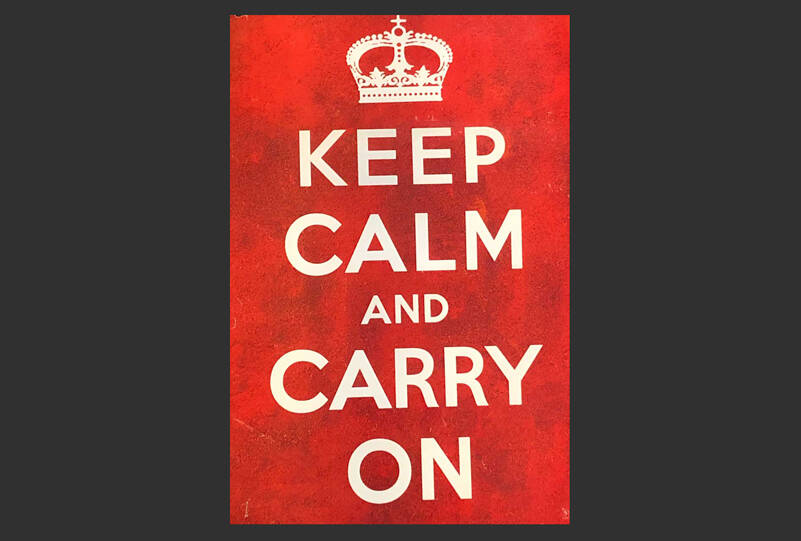By Morf Morford
Tacoma Daily Index
You could consider a global economy to be a massive organism – even a beast – that inhales and exhales, that wakes and rests and becomes active and then slows again. The two extremes of the market are designated as a “bear” or “bull” market. Most economists describe our current economic state as a bear market.
Bulls rage, bears hibernate
A bull market is one that is bullish – aggressive, unpredictable, and active in every way.
A bear market, on the other hand, is slow and sluggish, is an economy that is receding and where most stocks are declining in value – and consumer confidence declines dramatically – seemingly forever.
Since financial markets are influenced by investors’ attitudes, these terms also describe how investors feel about the market as a whole and the oncoming economic trends.
A bull market is typified by a sustained increase in demand – and therefore – prices. A bull market, like an actual bull, thrashes around and impacts every aspect of the economy, and yes, “breaks things”.
A typical bear market lumbers along, growls and hibernates. A bear market is a term used by Wall Street (and the larger media landscape) when a major index like the S&P 500, the Dow Jones Industrial Average, or even an individual stock, has fallen 20% or more from a recent high for a sustained period of time.
This is, of course, not a typical bear market. A bear market is often a time of recovery after the rampant fury of a bull market. Like people, markets need a rest after intense activity.
This is not your father’s bear market
As we’ve mentioned on these pages before, this is not your father’s economy – or bear market.
No bear (or bull) market is exactly the same, but the bear market of 2022 (and beyond) has a whole new cast of characters.
Some have been around for a few months (like Russia’s war in Ukraine, which has put upward pressure on inflation by pushing up commodities – especially grain – prices) while others are more recent, and hit us here in the USA more directly – like rising interest rates.
Low interest rates act like steroids for stock, home and auto purchases and other investments.
High, and increasing rates panic the big players and, as a result Wall Street is now going through withdrawal.
Stir in increasing fuel prices, ever increasingly extreme weather from floods, heat waves and droughts (and fire seasons) and you have budgets under pressure from every side.
Expenses, for individuals and municipalities, multiply while opportunities for credit seem to evaporate.
And in case you have not noticed, consumer prices are at the highest level in four decades.
If customers are paying more to borrow money, they can’t buy as much stuff, so less revenue flows to a company’s bottom line.
Stock prices are a lagging indicator that tends to respond to profits over time.
Hang on for the ride
Most advisers suggest riding through the ups and downs while remembering that chaotic swings are the price of admission for the stronger (potential) returns that stocks have historically provided over the long term. Avoid panic selling – many of the best days for Wall Street have occurred either during a bear market or just after the end of one.
Bears don’t hibernate forever
Bear markets might seem to drag on forever, but the typical time line is for a bear market to take an average of 13 months to go from peak to trough and 27 months to get back to break even. At least that’s been the case since World War II.
The biggest concern of any bear market is; how low can this thing go? You never know until it’s over.
How do we know when it’s over?
A bear market’s departure is similar to its arrival; look for a 20% gain from a low point as well as sustained gains over at least a six-month period.
The behavior of two or more consecutive quarters is a good indication of both where we’ve been and where we are going. In other words, economic changes are like the change of seasons – they come slowly and are rarely noticed day by day, but after several months, looking back, we can see where we’ve been.
And changes can come quickly – it took less than three weeks for stocks to rise 20% from their low in March 2020. There’s rarely time to get back into the market to catch the upswing, so the best thing to do is to hang on, duck and cover and live to work, and buy and invest, and do it all again another day.
If you can consolidate your resources, cut your losses and prepare for the dawn of the new bull market, you’ll be as ready as possible for the next bullish surge.





